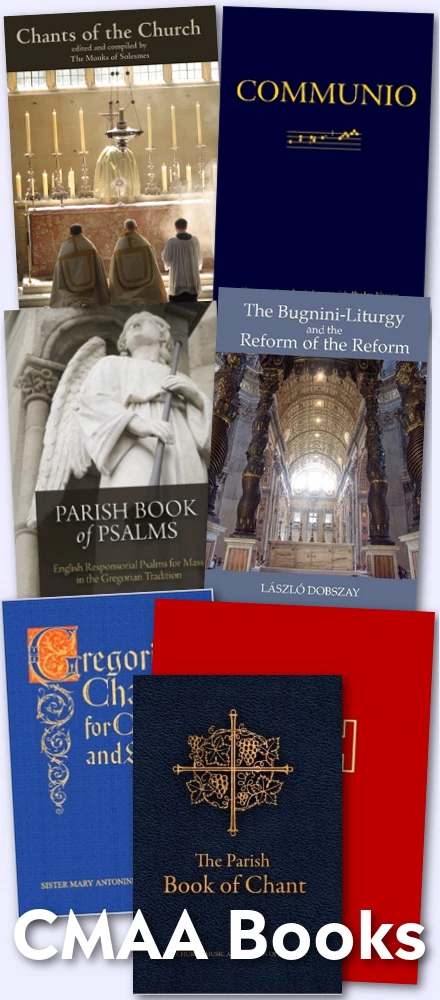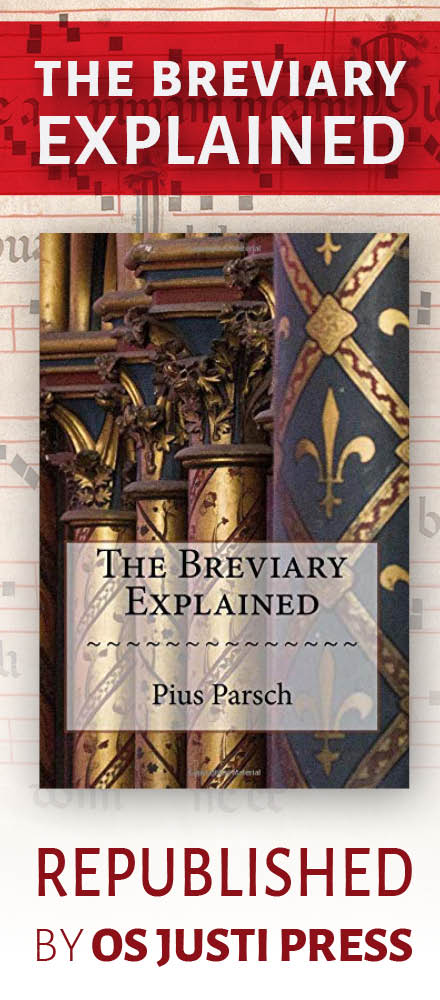I was having an interesting discussion with a friend today on the topic of sacred architecture. It raised in my mind that it would be interesting to open up these issues to our readership. So with that, let me build up a framework:
Some tradition-friendly Catholic artists would propose that our tradition is one characterized by development, and therefore, to have "revivals", such as building gothic temples, or styling a church to look like one built in the Italian renaissance, is really outside of our tradition for we should instead be trying to develop our own particular style that is not divorced from the tradition, but which doesn't simply emulate it either.
Others would argue that there is room for this development provided it is soundly rooted in our tradition, but at the same time, there is nothing inherently problematic with having "revivals" of particular styles that have been a part of our Christian tradition, because, after all, we are a people of tradition. One might appeal to the Christian East for example who have tried to retain a sense of the permanent relevance of these traditional forms even for the modern day. One might even argue that at some level, being too concerned about development may betray a certain kind of "cult of progress" and one that may not give enough weight to the objective value and relevance of our tradition.
Circling around this is a consideration as well of how development has occurred.
Some might argue that artistic modernity is simply one more style that Catholicism must appropriate for its own purposes. One can think, for example, of the new Italian lectionary which incorporates semi-abstracted forms of modern art in the tradition of manuscript illumination -- note: one may not agree with the particularities of that example even if they agree with the principles of the argument; the matter of note here is about the principle -- NLM. Others might suggest there are modern styles that developed in the mid 20th century which borrowed from elements of the gothic, but which included the more sharp-edged angles and styles we are accustomed to seeing in modern architectural culture, and that this is a good example of continued development that takes both the tradition and modernity into account.
On the other side, one might argue that artistic modernity actually represents a kind of rupture in a way similar to the way we think of rupture in the liturgical reforms. That previously, sacred art built upon certain received principles that were consonant with each other. So for example, we can see a core relationship between the Greco-Roman classical world, the mediaeval world, the Renaissance, the Baroque and so on. This allowed for a more natural course of development. By contrast, the art and architecture of the post-industrial, machine age made one of its principles to break with what came before; it was a kind of rejection and rupture. Insofar as that is the case, these principles act contrary to Catholic principles and this explains the struggle of Catholic artists to try to successfully adapt this style to Catholic purposes, and should cause us to ask the question of whether it should even be attempted, or whether a kind of "ressourcement" is in needed in this area -- a going back to the tradition as it was developing prior to this.
I now would like to open the floor for your own principled arguments. Please note, what we are after are arguments and not simply opinions. It is easy (and less profitable) to form and state an opinion, but less easy (and more profitable) to formulate and defend a considered argument.
Thursday, April 03, 2008
An open NLM debate: Development in Catholic Architecture and Art
Shawn TribeMore recent articles:
The Tomb of St Peter Martyr in Milan’s Portinari ChapelGregory DiPippo
Here are some great photos from our Ambrosian correspondent Nicola de’ Grandi of the Portinari Chapel at the Basilica of St Eustorgio in Milan. They were taken during a special night-time opening made possible by a new lighting system; as one might well imagine, the Italians are extraordinarily good at this sort of thing, and more and more museum...
Recommended Art History and Artistic Practice Text Books for Homeschoolers... and Everyone Else Too!David Clayton
I want to recommend the Catholic Heritage Currricula texts books to all who are looking for materials for courses in art history, art theory and artistic practice at the middle-school or high-school level. These books present a curriculum that combines art history, art theory, and a theory of culture in a Catholic way. Furthermore, they provide the...
Launching “Theological Classics”: Newman on the Virgin Mary, St Vincent on Novelty & Heresy, Guardini on Sacred SignsPeter Kwasniewski
At a time of turmoil, nothing could be better or more important than rooting ourselves more deeply in the Catholic tradition. One of my favorite quotations is by St. Prosper of Aquitaine (390-455), writing in his own age of chaos: “Even if the wounds of this shattered world enmesh you, and the sea in turmoil bears you along in but one surviving shi...
Low Sunday 2025Gregory DiPippo
With his inquisitive right hand, Thomas searched out Thy life-bestowing side, O Christ God; for when Thou didst enter while the doors were shut, he cried out to Thee with the rest of the Apostles: Thou art my Lord and my God. (The Kontakion of St Thomas Sunday at Matins in the Byzantine Rite.)Who preserved the disciple’s hand unburnt when he drew n...
The Easter Sequence Laudes SalvatoriGregory DiPippo
The traditional sequence for Easter, Victimae Paschali laudes, is rightly regarded as one of the greatest gems of medieval liturgical poetry, such that it was even accepted by the Missal of the Roman Curia, which had only four sequences, a tradition which passed into the Missal of St Pius V. But of course, sequences as a liturgical genre were extre...
The Paschal Stichera of the Byzantine Rite in EnglishGregory DiPippo
One of the most magnificent features of the Byzantine Rite is a group of hymns known as the Paschal stichera. These are sung at Orthros and Vespers each day of Bright Week, as the Easter octave is called, and thenceforth on the Sundays of the Easter season, and on the Leave-taking of Easter, the day before the Ascension. As with all things Byzantin...
Medieval Vespers of EasterGregory DiPippo
In the Breviary of St Pius V, Vespers of Easter Sunday and the days within the octave present only one peculiarity, namely, that the Chapter and Hymn are replaced by the words of Psalm 117, “Haec dies quam fecit Dominus; exsultemus et laetemur in ea. – This is the day that the Lord has made; let us be glad and rejoice therein.” In the Office, this...
Summer Graduate-Level Sacred Music Study - Tuition-freeJennifer Donelson-Nowicka
The May 1st application deadline is approaching for summer graduate courses in sacred music at the Catholic Institute of Sacred Music. Graduate-level study structured for busy schedulesIn-person, intensive course formatsAffordable room & boardFree tuitionLearn more and apply here.Courses:Choral InstituteComposition SeminarOrgan ImprovisationIn...
The Last Service of EasterGregory DiPippo
Following up on Monday’s post about the service known as the Paschal Hour in Byzantine Rite, here is the text of another special rite, which is done after Vespers on Easter day itself. It is brief enough to show the whole of it with just one photograph from the Pentecostarion, the service book which contains all the proper texts of the Easter seaso...
Should Communion Sometimes Be Eliminated to Avoid Sacrilege?Peter Kwasniewski
In a post at his Substack entitled “Nobody is talking about this in the Catholic world,” Patrick Giroux has the courage and good sense to raise the issue of the indiscriminate reception of the Lord at weddings and funerals where many attendees are not Catholics, or, if Catholics, not practicing, not in accord with Church teaching, or not in a state...




















